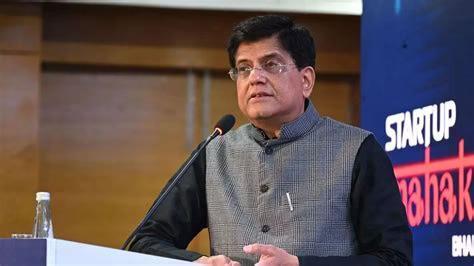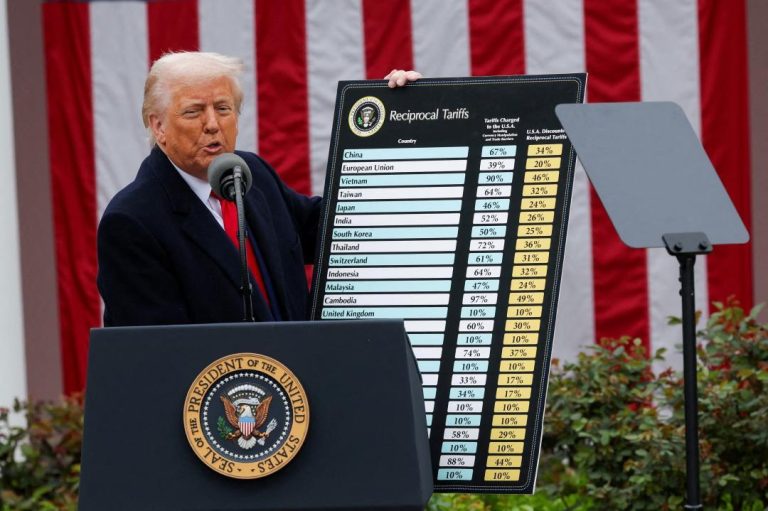
Indian Brands Go Global: Competing on Design & Quality
In recent years, Indian brands have made significant strides in expanding their global footprint. Gone are the days when Indian companies would only focus on attracting foreign brands to their shores. Today, Indian brands are not only exporting their own products but are also competing with global giants on the basis of design, quality, and innovation.
This shift in perception and strategy has been fueled by India’s growing manufacturing capabilities, strategic marketing, and a renewed focus on building brand equity abroad. As a result, Indian companies are now being recognized as serious global contenders in industries ranging from consumer goods to technology.
According to Dheeraj Sinha, CEO of FCB India, “Indian brands are winning on design, quality, and competitiveness globally. They are no longer just making products for the domestic market, but are now exporting their products and services to the world.” (1)
One of the most notable examples of Indian brands going global is the fashion giant, Tata Group. Tata’s luxury car brand, Jaguar Land Rover, has been successfully exported to countries such as the United States, China, and the United Kingdom. Similarly, the company’s consumer durables brand, Voltas, has established a strong presence in countries such as the Middle East and Africa.
Another example is the consumer goods company, Hindustan Unilever Limited (HUL). HUL’s global presence spans across 190 countries, with a portfolio of brands such as Lipton, Knorr, and Axe. The company has been successful in leveraging its global scale and resources to innovate and adapt to local markets, making it a serious competitor in the global consumer goods space.
The technology sector is also witnessing a surge in Indian brands going global. Companies such as Infosys, Wipro, and TCS have been successful in expanding their global presence through strategic acquisitions and partnerships. In recent years, Indian startups such as Flipkart, Ola, and Paytm have also gained significant traction in international markets.
So, what’s behind India’s success in going global? According to industry experts, it’s a combination of several factors. Firstly, India’s large talent pool and cost-effective labor have enabled companies to scale up quickly and efficiently. Secondly, the country’s favorable business environment, including a growing middle class and increasing government support for startups, has provided a supportive ecosystem for entrepreneurship.
Thirdly, Indian companies have been successful in leveraging their cultural and linguistic ties with countries such as the United States, the United Kingdom, and the Middle East. This has enabled them to build strong relationships with local customers and partners, and to tailor their products and services to meet local needs.
Finally, Indian companies have been successful in investing in design, quality, and innovation, which has enabled them to compete with global giants on a level playing field. As Dheeraj Sinha notes, “Indian brands are no longer just making products, they are creating experiences. They are focusing on design, quality, and innovation, which is helping them to stand out in a crowded global market.”
In conclusion, Indian brands going global is a trend that is set to continue in the years to come. With their focus on design, quality, and innovation, Indian companies are well-placed to compete with global giants and establish themselves as serious contenders in industries ranging from consumer goods to technology.
As the global economy continues to evolve, it will be interesting to see how Indian brands adapt and innovate to meet the changing needs of consumers. One thing is certain, however, and that is that Indian brands are here to stay, and are poised to make a significant impact on the global business landscape.
Source:






